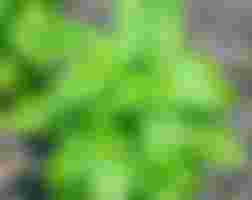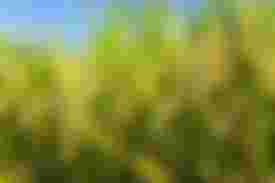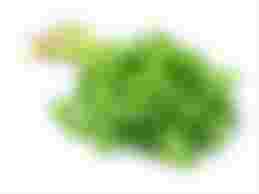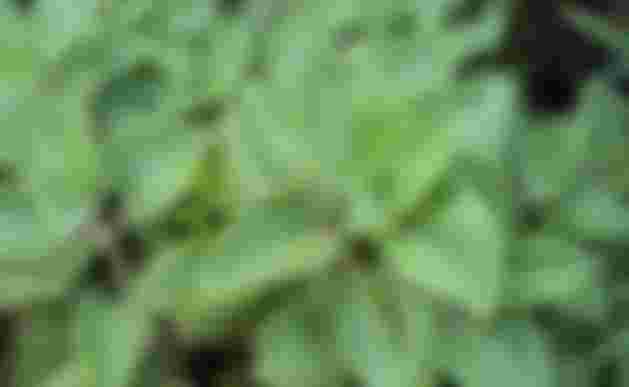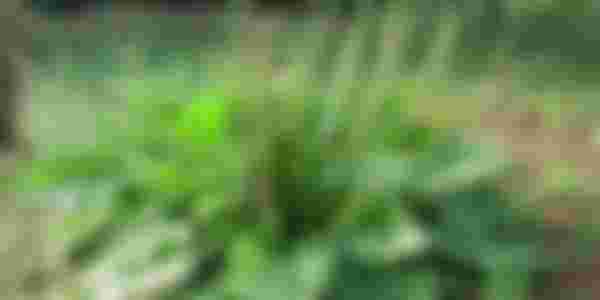Pharmacohistory deals with the narration through the times and the peoples, of medicinal plants with determination of their cultivation origins, times when they began to be used as medicines and the evolution that they suffered from the earliest times to the present.
As we all know the study of medicinal plants is as old as medicine itself and therefore as primitive as man himself.
It seems that these plants soon acquired capital for their therapeutic or toxic properties.
Today these plants are used to maintain health and treat diseases, they are used for culinary uses, as there are also plants that have been used in comsetica for thousands of years.
Plants have been used for centuries as therapeutic agents. But the real importance lies in the powerful contribution that products of natural origin offer to the field of therapy. And although it is impossible to ignore the benefits provided by synthetic medicines, the interest in natural products is increasingly underlined. A high percentage of products and pharmaceutical specialties contain active ingredients obtained from natural sources, even more so in each pharmacological group of drug users, there is at least one compound of plant origin.
Entering a little in the way of Naturism, here I want to leave you some guidelines for those who wish to know a little in depth the virtues and properties of medicinal and aromatic plants that are so beneficial to health.
For those professionals at home, those who are Naturists, those who have remote medical assistance, here I leave you a little about medicinal plants, these simple and natural means used with faith by our ancestors for thousands of years.
Basil
(Ocimun Basilicum)
Very small, hairy, annual grass, approximately 30 to 80 cm high. In my country Venezuela is cultivated in hot lands, to be used as a condiment.
Leaves: Petiolate or oblong
Flowers: White, in clusters.
Stem: Straight, bright green
Fruits: They are achenes
Oilseeds
Medicinal properties:
Leaves: In infusion, against canker sore in the mouth, in kidney and bladder diseases; cooked with milk, it is used against insomnia. The juice is diuretic and against the clouds in the eyes, weak eyesight and earaches.
Branches: In infusion, they are used against intestinal conditions, also as antispasmodics and carmitative, digestive, emmenagogue.
Seeds: For ear pain and to remove foreign bodies in the eyes.
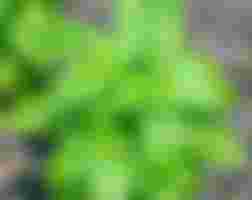
Rice
(oryza sativa)
Monocotyledon plant, well known and cultivated since ancient times.
Most of the cultivated species reach a height of 80-100 cm and have numerous roots, robust stubble.
Leaves: Sheathed, linear, covered with short, hard sticks.
Flowers: Elongated, covered by pods have 6 stamens, it is laterally depressed.
Fruit: Coated by the pods, it is the rice with the husk, which appears covered by the thin slightly dark, violet or red pericarp.
Medicinal properties:
The rice products, are the rice and the pja before passing to consumption, the rice is deprived of its husk.
Rice is a healthy, nutritious and easily digestible food. The studies carried out on this product make it possible to reinvindicate all its efficacy contrary to what had been believed in some past time.
In addition to starch, rice contains fats and proteins, some mineral substances (phytin phosphorus, vitamin B, etc.) that activate the functions of the digestive system.
In cooking: Antidiarrheal.
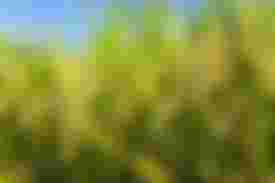
Coriander
(Coriandrum Sativum)
Annual plant up to 50 cm tall. This plant is native to Europe and is cultivated in Venezuela to be used as a condiment.
Stem: Striated, erect.
Leaves: Alternate and pinnate, green in color.
Flowers: In umbels, white or pink.
Fruits: Round and sugary
Medicinal properties:
Plant: Chewed cures canker sores.
Fruits: In infusion, they are used against hysteria, powdered and mixed with honey, they help in the prostrate state. In decoction it works against insomnia.
Juice: In case of duodenal ulcers the juice is used.
Leaves: In infusion it fights conjunctivitis

Oregano
(Lippia Origanoides)
Aromatic shrub up to 4 m tall, highly branched.
Leaves: Simple, opposite, oblong, petiolate, of inflorence in pedunculated spikes
Flowers: Blncas
Fruits: a schizocarp
Medicinal properties:
Leaves: infused, it is used as a nervous tranquilizer, for bronchial conditions, lung diseases and asthma.
In decoction it is recommended in cases of diabetes, anemia and palpitations.
In the form of baths, it cures scabies...

Plantain
(Plantago Mayor)
Cosmopolitan herbaceous plant from Europe. çIn Venezuela it is quite widespread as a weed.
Leaves: elliptic-oblong, acuminate
Flowers: In erect clusters of yellow or whitish green
Fruits: Green capsul globosa.
Medicinal properties:
Leaves: Crushed with oil are used to cure the grains.
Cooked with oil they act against hemorrhoids.
In infusion, they are used against heart disease.
In decoction, it is recommended for kidney liver conditions and in the control of blood flows, also for vaginal lavages.
In the form of a poultice, they are used in the presence of ulcers and as a healing agent.
Plant: In decoction in the form of gargle, it reduces the oral inflammations of gargatan and in cases of angina
With toasted rice, cut childhood diarrhea.

I hope you liked this little part and it is useful, see you next time.
